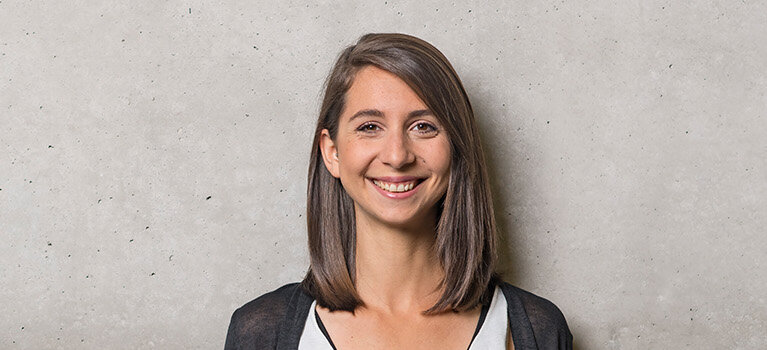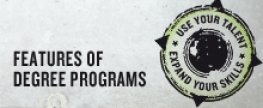
Apply
now
now
Design 3: Asset Creation
level of course unit
BachelorLearning outcomes of course unit
The students can
- create 3D models with a common modeling program (such as Maya or Blender)
- assess the quality of 3D models and optimize them with regard to geometric and topological requirements
- create lighting setups, materials, and textures for 3D models and assess and optimize the associated effects with regard to their real-time capability
- understand how to work collaboratively on virtual scenes and demonstrate familiarity with common exchange formats
- create 3D animations that can be imported as actions into external engines
- create 3D models with a common modeling program (such as Maya or Blender)
- assess the quality of 3D models and optimize them with regard to geometric and topological requirements
- create lighting setups, materials, and textures for 3D models and assess and optimize the associated effects with regard to their real-time capability
- understand how to work collaboratively on virtual scenes and demonstrate familiarity with common exchange formats
- create 3D animations that can be imported as actions into external engines
prerequisites and co-requisites
none
course contents
- Basic principles of modeling, material creation, lighting, animation, and rendering of virtual scenes
- Mapping of transformations, local and global coordinate systems, as well as definition and control of the virtual camera
- Overview of essential modeling tools and modifiers (e.g., included in Maya included in Maya, 3D Studio Max, and Blender)
- Modeling of polygonal meshes and using parametric curves and surfaces (splines, NURBS)
- Common light source types and lighting models, as well as the creation of realistic shadows for real-time applications
- Material definition and physical effects such as reflection, refraction, translucency, and dispersion
- Texturing of models, UV mapping, and procedural textures
- Overview of advanced material and lighting techniques such as IES, HDRI, IBL, and skydomes
- Keyframe animation, interpolation of transformations, gimbal lock, and path animation
- Creation of animation sequences with animation curves and actions
- Animation of characters using cinematic models (rigging, skinning)
- Mapping of transformations, local and global coordinate systems, as well as definition and control of the virtual camera
- Overview of essential modeling tools and modifiers (e.g., included in Maya included in Maya, 3D Studio Max, and Blender)
- Modeling of polygonal meshes and using parametric curves and surfaces (splines, NURBS)
- Common light source types and lighting models, as well as the creation of realistic shadows for real-time applications
- Material definition and physical effects such as reflection, refraction, translucency, and dispersion
- Texturing of models, UV mapping, and procedural textures
- Overview of advanced material and lighting techniques such as IES, HDRI, IBL, and skydomes
- Keyframe animation, interpolation of transformations, gimbal lock, and path animation
- Creation of animation sequences with animation curves and actions
- Animation of characters using cinematic models (rigging, skinning)
recommended or required reading
- Akenine-Möller, T., Haines, E., Hoffman, N. (2018). Real-time Rendering. United Kingdom: CRC Press, Taylor & Francis Group.
- Parent, R. (2012). Computer Animation: Algorithms and Techniques. Germany: Elsevier Science.
- Birn, J. (2013). Digital Lighting and Rendering. United Kingdom: Pearson Education.
- Parent, R. (2012). Computer Animation: Algorithms and Techniques. Germany: Elsevier Science.
- Birn, J. (2013). Digital Lighting and Rendering. United Kingdom: Pearson Education.
assessment methods and criteria
Portfolio review
language of instruction
Germannumber of ECTS credits allocated
6eLearning quota in percent
20course-hours-per-week (chw)
3planned learning activities and teaching methods
Presentations, group work, presentation and discussion of tasks






